
Trabzon, historically known as Trebizond, is a city on the Black Sea coast of northeastern Turkey and the capital of Trabzon Province. Trabzon became a melting pot of religions, languages and culture for centuries and a trade gateway to Persia in the southeast and the Caucasus to the northeast. The Venetian and Genoese merchants paid visits to Trabzon during the medieval period and sold silk, linen and woolen fabric. Both republics had merchant colonies within the city – Leonkastron and the former "Venetian castle" – that played a role to Trabzon similar to the one Galata played to Constantinople. Trabzon formed the basis of several states in its long history and was the capital city of the Empire of Trebizond between 1204 and 1461. During the early modern period, Trabzon, because of the importance of its port, again became a focal point of trade to Persia and the Caucasus.
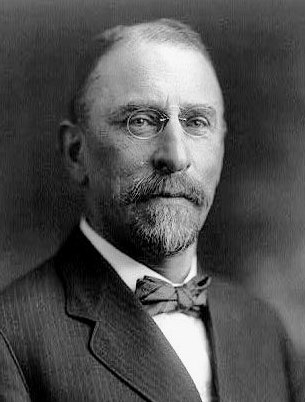
Henry Morgenthau was a German-born American lawyer and businessman, best known for his role as the ambassador to the Ottoman Empire during World War I. Morgenthau was one of the most prominent Americans who spoke about the Greek genocide and the Armenian genocide of which he stated, "I am firmly convinced that this is the greatest crime of the ages."

Viktor Pietschmann was an Austrian ichthyologist at the Vienna Museum of Natural History. He was the curator of the fish collection from 1919 to 1946 and made collecting trips to the Barents Sea, Greenland, Mesopotamia, Armenia, Hawaii, Romania, and Poland. Pietschmann described many new fish, including several species of shark, and had more than 50 publications over his career. He served in the Austrian army in World War I, during which he was stationed in the Ottoman Empire. While there, Pietschmann witnessed the Armenian genocide and took many photographs of the deportees. He joined the National Socialist German Workers' Party (NSDAP) in 1932 and remained a member until the end of World War II.

The Greek genocide, which included the Pontic genocide, was the systematic killing of the Christian Ottoman Greek population of Anatolia, which was carried out mainly during World War I and its aftermath (1914–1922) – including the Turkish War of Independence (1919–1923) – on the basis of their religion and ethnicity. It was perpetrated by the government of the Ottoman Empire led by the Three Pashas and by the Government of the Grand National Assembly led by Mustafa Kemal Atatürk, against the indigenous Greek population of the Empire. The genocide included massacres, forced deportations involving death marches through the Syrian Desert, expulsions, summary executions, and the destruction of Eastern Orthodox cultural, historical, and religious monuments. Several hundred thousand Ottoman Greeks died during this period. Most of the refugees and survivors fled to Greece. Some, especially those in Eastern provinces, took refuge in the neighbouring Russian Empire.

The deportation of Armenian intellectuals is conventionally held to mark the beginning of the Armenian genocide. Leaders of the Armenian community in the Ottoman capital of Constantinople, and later other locations, were arrested and moved to two holding centers near Angora. The order to do so was given by Minister of the Interior Talaat Pasha on 24 April 1915. On that night, the first wave of 235 to 270 Armenian intellectuals of Constantinople were arrested. With the adoption of the Tehcir Law on 29 May 1915, these detainees were later relocated within the Ottoman Empire; most of them were ultimately killed. More than 80, such as Vrtanes Papazian, Aram Andonian, and Komitas, survived.
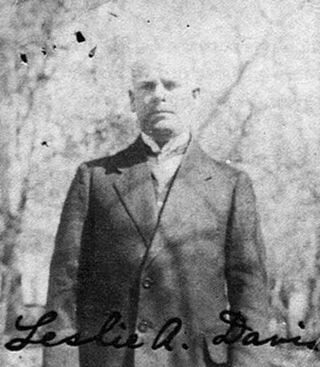
Leslie A. Davis was an American diplomat and wartime US consul to Harput, Ottoman Empire from 1914 to 1917, who witnessed the Armenian genocide.
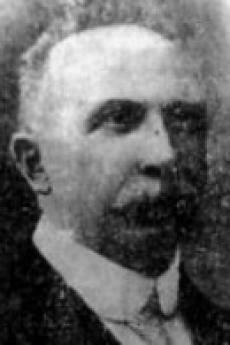
Giacomo Gorrini was an Italian diplomat and historian.

Trebizond was a city in the Ottoman Empire where the Armenian genocide occurred. The method employed to kill was mainly by mass drowning, resulting in estimated deaths of 50,000 Armenians. The city was also an important location of subsequent trials held to prosecute those involved with the systematic massacre. Cemal Azmi, the governor of Trebizond during the genocide, was later assassinated as part of Operation Nemesis.
Ra's al-'Ayn camps were desert death camps near the city of Ras al-Ayn, where many Armenians were deported and slaughtered during the Armenian genocide. The site became "synonymous with Armenian suffering".

Cemal Azmi, also spelled Jemal Azmi, was an Ottoman politician and governor of the Trebizond Vilayet (province) during World War I and the final years of the Ottoman Empire. He was one of the perpetrators of the Armenian genocide and was mainly responsible for the liquidation of Armenians in Trebizond Vilayet. He was known as the "butcher of Trebizond".

Jesse Benjamin Jackson was a United States consul and an important eyewitness to the Armenian genocide. He served as consul in Aleppo when the city was the junction of many important deportation routes. Jackson concluded that the policies towards the Armenians were "without doubt a carefully planned scheme to thoroughly extinguish the Armenian race." He considered the "wartime anti-Armenian measures" to be a "gigantic plundering scheme as well as a final blow to extinguish the race." By September 15, 1915, Jackson estimated that a million Armenians had been killed and deemed his own survival a "miracle". After the Armenian Genocide, Jackson led a relief effort and was credited with saving the lives of "thousands of Armenians."
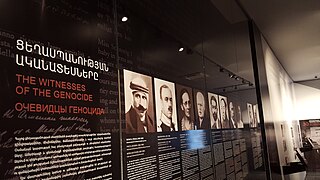
Witnesses and testimony provide an important and valuable insight into the events which occurred both during and after the Armenian genocide. The Armenian genocide was prepared and carried out by the Ottoman government in 1915 as well as in the following years. As a result of the genocide, as many as 1.5 million Armenians who were living in their ancestral homeland were deported and murdered.

George Edward White was an American Congregationalist missionary for the American Board of Commissioners for Foreign Missions for forty-three years. Stationed in the Ottoman Empire during the Armenian genocide as President of the Anatolia College in Merzifon, White attempted to save the lives of many Armenians, including "refused to tell" where Armenians were hiding so to save them from getting deported or killed. Thus he became an important witness to the Armenian Genocide.

The Gomidas Institute is an independent academic institution "dedicated to modern Armenian and regional studies." Its activities include research, publications and educational programmes. It publishes documents, monographs, memoirs and other works on modern Armenian history and organizes lectures and conferences. The institute was founded in 1992 at the University of Michigan in Ann Arbor. It is based in London and maintains a United States branch in Cleveland. British-Armenian historian Ara Sarafian serves as its executive director. Since 1998, the institute has been publishing a quarterly journal titled Armenian Forum. The institute is named after Komitas.

During the Armenian genocide, which occurred in the Ottoman Empire, led at the time by the Young Turks, the Turkish armed forces, militias, and members of the public engaged in a systematic campaign of genocidal rape against female Armenians and children of both sexes. Before the genocide had begun, one method used to intimidate the Armenian population was sexual humiliation. Women and young girls were not only subjected to rape, but also forced marriage, torture, forced prostitution, slavery and sexual mutilation.

Hafız Mehmet was a Turkish politician and the acting Minister of Justice for the Republic of Turkey. While serving as a deputy in Trabzon, he was a witness to the Armenian genocide. His testimony of the event is considered by genocide scholar Vahakn Dadrian as one of the "rarest corroborations of the fact of the complicity of governmental officials in the organization of the mass murder of Armenians". He was sentenced to death after the Izmir trials of 1926, charged with attempting to assassinate Mustafa Kemal Atatürk.

Hasan Tahsin Bey was an Ottoman and later Turkish bureaucrat and politician. Throughout his career as a politician, Tahsin served as a governor to several Ottoman cities including Aydın, Erzurum, Van and the province of Syria. Thereafter, he served as deputy to the cities of Ardahan, Erzurum, and Konya. During the Armenian genocide, he was complicit in the Kemah massacres. After the war, he provided important testimony on the genocide.
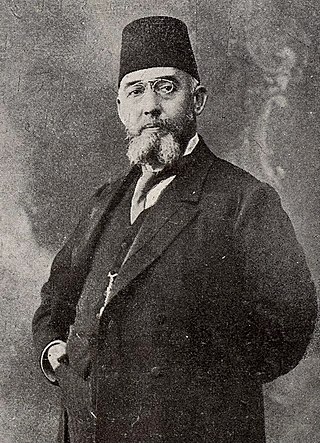
Mehmet Celal Bey was an Ottoman-born Turkish statesman and a key witness to the Armenian genocide. During his career as a politician, Celal Bey served as governor of the Ottoman provinces associated with the cities Erzurum, Aleppo, Aydın, Edirne, Konya, and Adana. He also served as minister of the interior and minister of agriculture as well as mayor of Istanbul. Celal Bey is known for having saved many lives during the Armenian genocide by defying deportation orders, which were preludes to starvation and massacres. As a result, he was removed from his post as governor in Aleppo and transferred to Konya, where he was again dismissed upon continuing to obstruct deportations. Today, he is often called the Turkish Oskar Schindler.
The relations between the Ottoman Empire and the United States have a long history, with roots before American independence due to long-standing trade between the two regions. After the American independence in 1776, the first relations between these two countries started through the contact between the American merchants, statesmen and lastly the Navy and North African countries and with the Ottoman Empire after 1780.
Bibliography of the Armenian genocide is a list of books about the Armenian genocide:



















